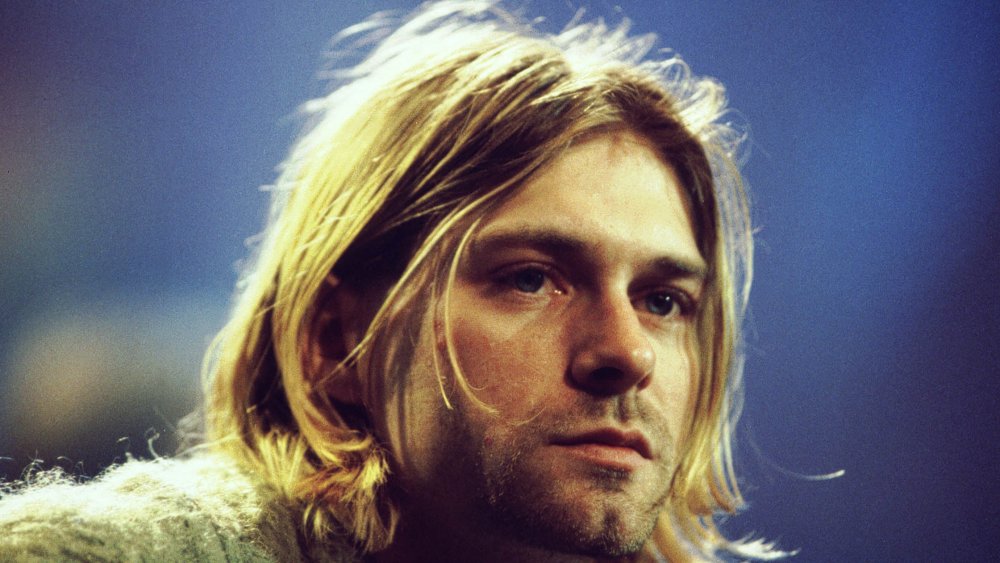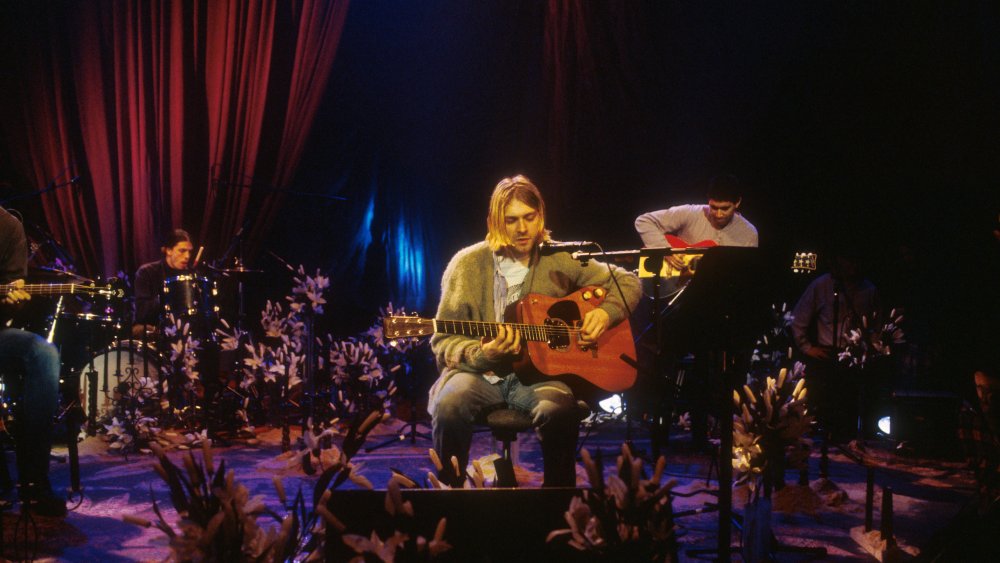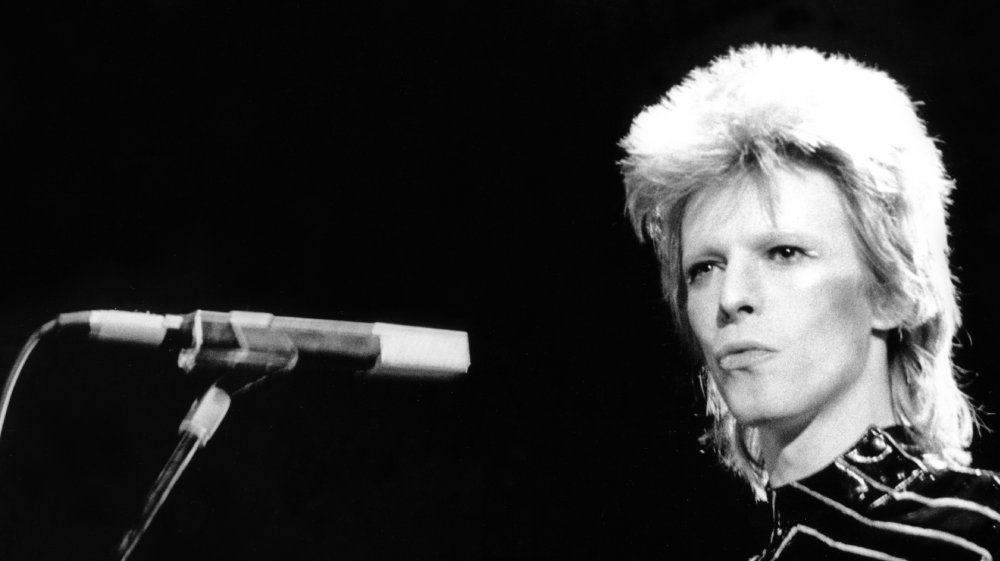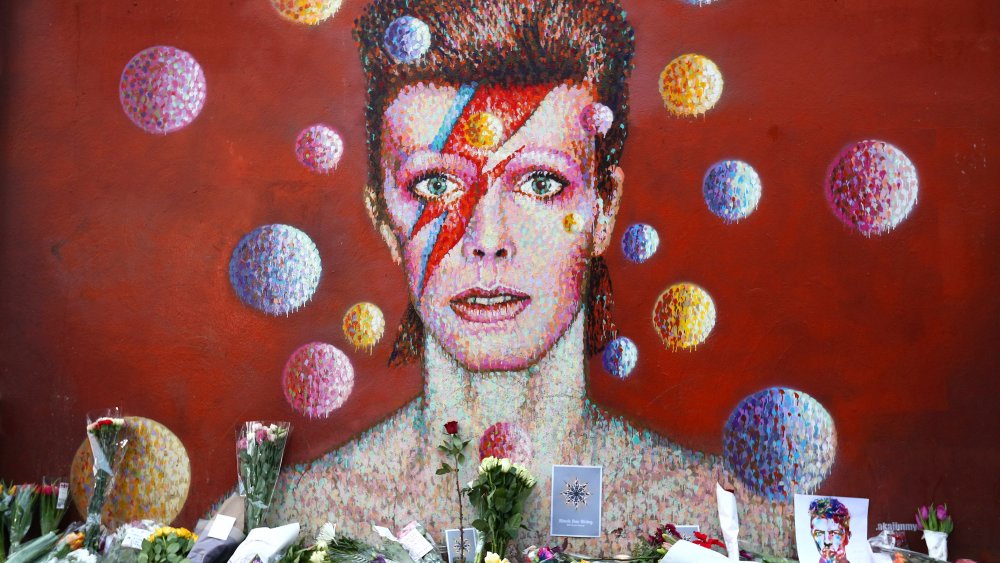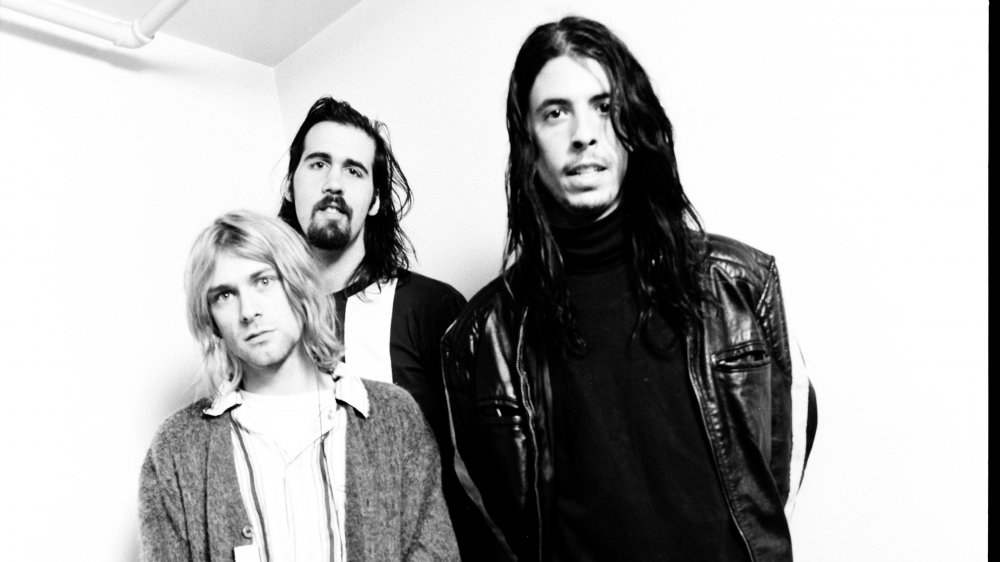The Real Reason Nirvana Covered The Man Who Sold The World By David Bowie
Grunge music was at its height when Nirvana recorded their 1993 masterpiece Unplugged album at Sony Music Studios in New York City, less than 6 months before Kurt Cobain's tragic death in April, 1994. In 2019 the album celebrated its 25th anniversary, and it's safe to say that Kurt himself would probably be stunned at the lasting legacy of his moving, soulful performance on the night of the recording. The unplugged session cemented Nirvana in history as not only as a potent, aggressive musical force among the landscape of youth culture in the 90's, but as an earnest, gifted group of talented songwriters to be taken seriously for decades to come.
Even among peers like Pearl Jam and Alice in Chains, who also did unplugged albums for MTV, the Nirvana Unplugged album stands out, and a large part of that is due not only to Nirvana's original songs such as "About a Girl," "On a Plain," or "Something in the Way," but because of covers of the Meat Puppets ("Plateau," "Oh Me," "Lake of Fire"), the Vasolines ("Jesus Don't Want Me for a Sunbeam"), and of course David Bowie ("The Man Who Sold the World").
"The Man Who Sold the World" turned out to be so well-received, and such a tremendously successful performance, that Nirvana incorporated the song into 31 live shows after the recording of Unplugged, per Far Out Magazine. The performance also helped to solidify Bowie's presence outside of the UK and introduce him to a new generation in the US, many of whom thought that Kurt and company's cover was a Nirvana original.
The band that gained the world
"I guarantee you I will screw this song up," Kurt Cobain mutters into his mic, peering intently at his notes and shuffling them around.
These words, ironically, came at the beginning of what was easily one of the most seminal performances of Nirvana's entire career, one that Kurt absolutely nailed. In response to Kurt's quibble, bassist Krist Novoselic speaks up and banters a bit. The song's cellist, Lori Goldston, sits stoically off to one side, waiting for her parts to ride atop Kurt's humming, single-note riff that speaks throughout the song. Dave Grohl slouches over his drum set, sticks poised to recede into the background and deliver a hushed, almost reverent backing track for the performance. Supporting guitarist Pat Smear, who later went on to join The Foo Fighters along with Grohl, waits to fuse his strumming and picking with the ensemble.
As a group, Nirvana captured the mystical, almost eerie quality of David Bowie's original song. The song was the perfect vehicle for them to reveal their vulnerable side. The instrumentation — pared-down, approachable, and utterly intimate — suited the track perfectly. Kurt's voice and face revealed a deep sorrow and hopelessness that point to his inner turmoil. The dim lightning of the unplugged set, and the small size of the audience, enhanced the overall sense of closeness shared by everyone present. In fact, the entire set was supposed was supposed to be decorated like a funeral, per the Independent.
Between the lines of the song
We have early Nirvana drummer Chad Channing to thank for introducing David Bowie to Kurt and the rest of the band. Channing, who left Nirvana prior to Grohl joining the group to record 1991's breakout smash Nevermind, copied his LP of "The Man Who Sold the World" to a cassette and passed it along to Kurt. When Kurt first heard the song, he apparently didn't realize it was Bowie. For a band whose members were reared on punk outfits like Black Flag, early metal like Black Sabbath, and the Seattle indie scene, David Bowie wasn't on all of their radars. Years later, the band decided to incorporate it into their live session.
The true answer to Nirvana's use of the song may lay in the lyrics themselves, and the meaning they held for Kurt, who was very much an anti-celebrity who famously despised notoriety and took advantage of every opportunity to rebel against the demands of fame (such as when Nirvana savaged their own song, "Smells like Teen Spirit," on UK TV when they were told they were required to use pre-recorded vocals).
Bowie told BBC 1 that "The Man Who Sold the World" is about a character coming face-to-face with a version of himself that he thought he left behind, a younger man who didn't realize that he was imprisoning himself within the loneliness of fame. Lines like "for years and years I roamed" and "we walked a million hills" presage lines about dying alone.
It's easy to see how Kurt, an extremely private person very uncomfortable with scrutiny, could have strongly identified with the song's meaning.
Admiration from a legend
David Bowie was beside himself, according to the Joe website, when he learned that Nirvana covered his song, saying, "I was simply blown away when I found that Kurt Cobain liked my work, and have always wanted to talk to him about his reasons for covering 'The Man Who Sold the World'."
At the time that Nirvana recorded Unplugged, David Bowie had been famous for decades, but "The Man Who Sold the World" was not a mainstay of his live sets, or even widely known outside of the UK, despite being the title track for his third album in 1970. Nirvana's cover of the song was so popular that many people didn't realize, for years, that it was a cover of a David Bowie song (even now Nirvana's version may be more familiar to people than Bowie's). The Unplugged album helped not only to root Nirvana in music history, but also ensure that David Bowie stayed fresh and relevant to future generations of listeners.
Bowie went on to provide details about why he liked Nirvana's version, "it was a good straightforward rendition and sounded somehow very honest. It would have been nice to have worked with him, but just talking with him would have been real cool."
The legacy of the performance
The legacy of the not only Nirvana's Unplugged album, but their rendition of "The Man Who Sold the World," cannot be overstated. Their cover of David Bowie's song is one of the greatest performances off of one of the greatest live albums of not only past decades, but possibly all of rock history. Nirvana took the creation of another artist and made it truly their own, despite Kurt's self-doubt that they could pull it off.
The story of "The Man Who Sold the World" is a story of two individuals experiencing the same alienation and pressure of fame and life changes. They each meet their former selves, a somewhat unrecognizable person who made choices that their future self in some way regrets. In the case of Kurt Cobain, whose desire to break free through music clashed with the life he found himself living, "The Man Who Sold the World" is a fitting memorial to both artists, and a heartfelt swansong immortalized in an unforgettable performance.
